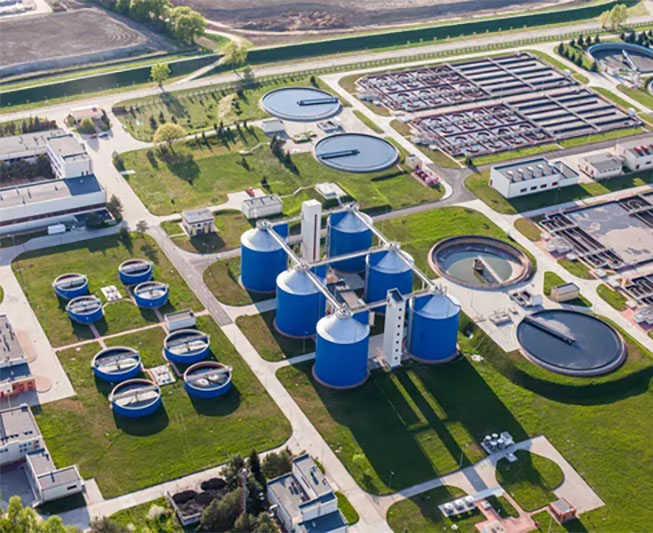- krofta@kroftaengineering.com
- Durga Bhavan A-68, FIEE Complex, Okhla Industrial Area Phase – II, N.D – 110 020
Textiles
How can we help
- Effluent treatment plants
- Dissolved air flotation for TSS and color removal
- Sludge handling practices
TEXTILE INDUSTRY
Effluent Treatment Plants (ETPs) play a crucial role in the textile industry by addressing the environmental and regulatory challenges associated with the discharge of wastewater generated during textile manufacturing processes. Textile manufacturing involves various stages, including dyeing, printing, finishing, and washing, all of which can result in the generation of highly contaminated wastewater. The importance of ETPs in the textile industry is multifaceted:
- Environmental Protection: Textile wastewater contains a range of pollutants, including dyes, chemicals, heavy metals, and suspended solids. Discharging untreated or inadequately treated wastewater into natural water bodies can lead to severe ecological damage, water pollution, and harm to aquatic life. ETPs help to remove or neutralize these harmful substances, reducing the environmental impact.

- Compliance with Regulations: Most countries have stringent environmental regulations and discharge standards that industries must adhere to. ETPs ensure that the wastewater effluent from textile processes meets these standards before being released into the environment. Non-compliance can result in fines, legal actions, and damage to the industry's reputation.
- Sustainable Practices: As environmental awareness grows, consumers and stakeholders are placing increasing importance on sustainable practices. Textile companies with effective ETPs can market themselves as environmentally responsible, enhancing their brand image and attracting eco-conscious customers.
- Community Relations: Textile industries are often located in close proximity to communities. Inadequate wastewater management can lead to foul odors, health hazards, and negative impacts on the quality of life for nearby residents. Proper ETPs mitigate these concerns, fostering better relations with local communities.
- Long-Term Viability: As water resources become scarcer in many regions, industries that adopt efficient ETPs are better positioned to secure their water supply and maintain operations in the face of water scarcity challenges.
- Innovation and Research: The development and implementation of effective ETPs require research, innovation, and collaboration between various stakeholders. This can drive technological advancements and knowledge exchange within the textile industry and the broader field of wastewater treatment.
In summary, effluent treatment plants are integral to the textile industry's efforts to minimize its environmental footprint, comply with regulations, adopt sustainable practices, and contribute to the overall well-being of the environment and surrounding communities.

